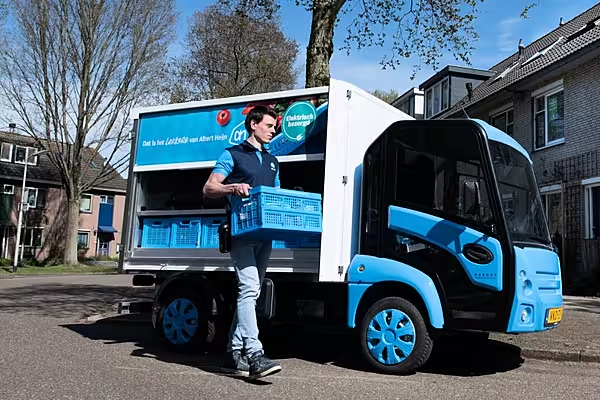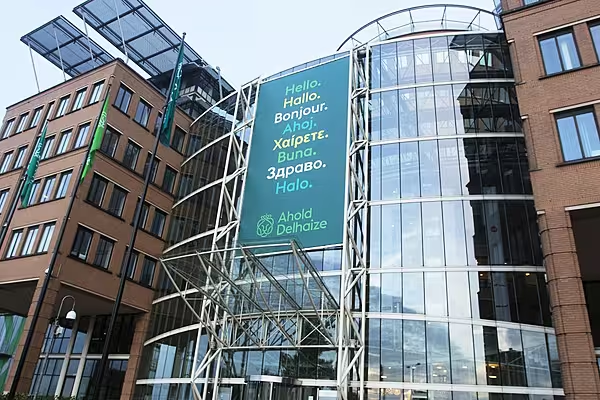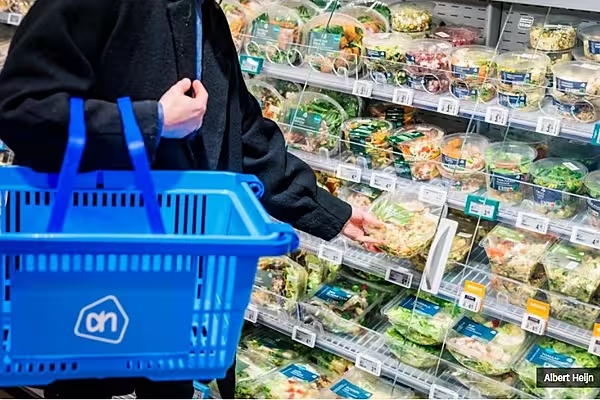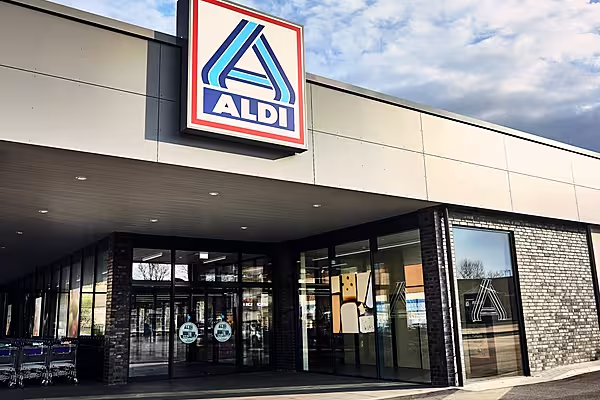Dutch retailer Albert Heijn has introduced electric minibuses in Amersfoort for grocery deliveries.
The retailer expects to roll out Light Electronic Vehicles (LEV) for grocery deliveries across the country over the next two years.
The initiative is part of Albert Heijn's strategy to deliver emission-free groceries in city centres from 2025.
Electric cargo bikes will also be tested in the city centre of Breda in the coming months, the retailer added.
The project has commenced with two LEVs in Amersfoort and the retailer plans to operate fourteen vehicles by June.
The LEVs used by the retailer are 1.40 metres wide and can easily manoeuvre in a busy city centre.
The minibuses have a range of up to 130 kilometres, a maximum speed of 65 km/h, and can transport 36 crates or cool boxes.
Sustainable Alternative
Philip Padberg, director of e-commerce at Albert Heijn, sees electric minibuses as a good alternative for sustainable delivery in city centres.
"More and more people are having their groceries delivered to their homes. Especially the past year. This also ensures more traffic from our delivery vehicles. That is why we are constantly looking at whether this can be done more quietly and in a more environmentally friendly way, and we are also doing extensive testing," he added.
In the coming months, Albert Heijn will also test electric cargo bikes for grocery delivery in Breda.
The bikes have a loading capacity of twenty crates or cool boxes, and if the pilot is successful, delivery bicycles will be rolled out in more cities, the retailer said.
Other Initiatives
Albert Heijn is also focussing on limiting traffic movements and reducing the number of kilometres in its grocery delivery system.
The retailer delivers groceries through a network of seven regional Home Shop Centres and 23 local hubs.
Large trucks deliver goods for online orders to the hubs located on the outskirts of cities. From there, smaller delivery vehicles drive into the city centre to fulfil the orders.
In addition, Albert Heijn uses smart algorithms to plan all delivery routes.
In 2020, these measures helped the retailer reduce its CO2 emissions per home delivery by 20%.
© 2021 European Supermarket Magazine. Article by Dayeeta Das. For more Retail news, click here. Click subscribe to sign up to ESM: European Supermarket Magazine.














